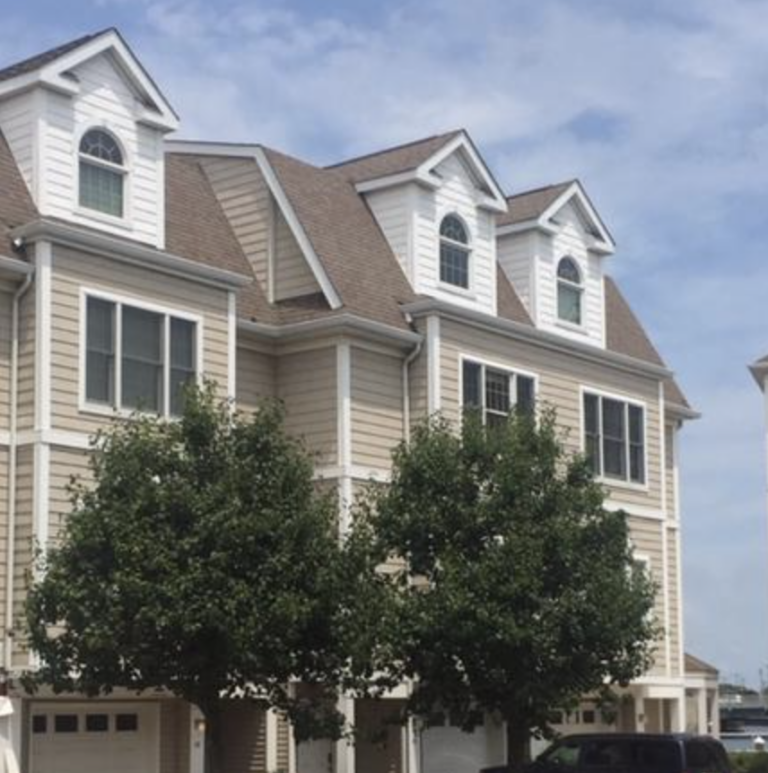By Christopher D. Ling | May 2024

(Zoning and Land use map courtesy of NYC ZoLa.)
Introduction
As an experienced forensic architect, I’ve witnessed the intricate dance between building design and zoning regulations. I have been asked to opine on the Architects Standard of care for architects regarding zoning and site design. If an issue arises that creates monetary damages to a party, an Errors and Omissions claim can be filed against the designer(s). To determine the standard of care, a construction claims analysis would be needed by a forensic architect and a forensic engineer.
Zoning, a complex and ever-evolving aspect of the built environment, plays a pivotal role in shaping the design process. In this blog post, I will explore the intimate relationship between architect’s standards and zoning, shedding light on how these regulations influence every stage of architectural design.
Understanding Zoning Regulations
Before we delve into the impact of zoning on the design process, let’s start with a clear understanding of what zoning regulations entail. Zoning regulations are a set of laws and guidelines that govern land use and development within a specific jurisdiction. These regulations dictate how land can be used, what types of structures can be built, their size, height, placement, and many other factors that shape the urban and suburban landscape.
Zoning and the Initial Design Phase
The relationship between zoning and architecture standards begin at the earliest stages of a project. The American Institute of Architects form document AIA-D200 lays out a good process to follow for identifying and gaining preapprovals needed before construction can start. Architects must familiarize themselves with the local zoning code, which serves as the foundation for the design process. These codes outline the permitted uses of the land, as well as various constraints and requirements related to the building’s size, height, setbacks, and even architectural style. Comprehending these regulations is essential for architects to create a design that aligns with the legal framework meet their standard of care.
Site Analysis and Zoning Compliance
With a firm grasp of the zoning code, architects and engineers should conduct a thorough site analysis. This involves assessing the specific conditions of the site, such as its topography, soil composition, environmental factors, and, most crucially, zoning constraints. Site analysis is not only about understanding the physical attributes of the land but also the legal limitations imposed by zoning regulations.
Architects must ensure that their designs comply with zoning constraints. This includes verifying that the proposed use of the property aligns with the allowed uses in that zone, and that the design adheres to requirements such as setback distances, building height limits, and parking space provisions.
Zoning Variances and Special Permits
In some cases, architects may encounter situations where their design visions conflict with zoning regulations. This is when zoning variances and special permits come into play. A zoning variance is an official permission to deviate from specific zoning requirements, granted by the local zoning board of appeals or other authorities having jurisdiction like a county planning board or a special board requiring a preapproval. A special permit, on the other hand, is typically required for uses that may have a positive impact on the community but still need careful review.
Obtaining variances or special permits can be a challenging and long process, often requiring architects to present their case before local zoning boards and address concerns from the community. Architects must demonstrate that the proposed design meets the intent of the zoning code and will not adversely affect the neighborhood. There may be equivalents needed to meet the intent of a rule or regulation.
Architectural Design that Balances Aesthetic and Regulatory
As architects proceed with the design process, they must strike a delicate balance between client objectives, aesthetics and regulatory compliance. While artistic vision is part of the creation of beautiful and functional spaces, zoning regulations guide the path to ensure that the design fits seamlessly into the local environment.
Considerations such as building materials, facade design, and landscaping can be influenced by zoning regulations, which may require specific elements to maintain the character of the neighborhood. Architects must use their creative skills to integrate these requirements into the overall design while achieving a harmonious balance between aesthetics and functionality.
Construction Documents and Permits
As the design phase progresses, architects create detailed construction documents that serve as the basis for construction. These documents must align with zoning regulations, including specifications for materials, structural elements, and building systems that meet both aesthetic and code requirements.
The architect’s role extends to assisting the obtaining of necessary building permits, which are contingent on satisfying zoning regulations. The permit application process includes a review by local authorities, helping to ensure that the design adheres to the zoning code. Architects and engineers must be prepared to address any potential issues that may arise during this phase.
Conclusion: Navigating the Regulatory Landscape
Zoning regulations are the silent partner in every architectural project. They dictate the rules, constraints, and opportunities that architects must consider as they weave their designs into the fabric of the community. Urban projects will generally have more regulations that need to be managed and rural projects usually have less regulatory oversight.
The ability to navigate zoning effectively is a testament to an architect’s expertise, creativity, and problem-solving skills. By understanding, respecting, and creatively embracing zoning regulations, architects can transform constraints into opportunities, resulting in designs that not only comply with the law but also enrich the built environment. In this intricate dance between creativity and regulation, architects play a crucial role in shaping the communities we inhabit, fostering a delicate yet dynamic equilibrium between design and zoning.
Christopher D. Ling, AIA, NCARB, PP, LEED AP, is a seasoned construction expert with over three decades of experience. As a Registered Architect and Professional Planner, he has authored reports for 1000+ construction cases, totaling $2 billion. Founder of ARCHforensic® LLC, Ling specializes in resolving litigation claims through meticulous investigation and expert testimony.
View New York City interactive zoning and land use map here.







